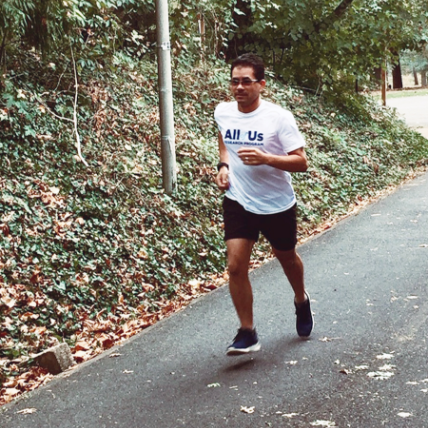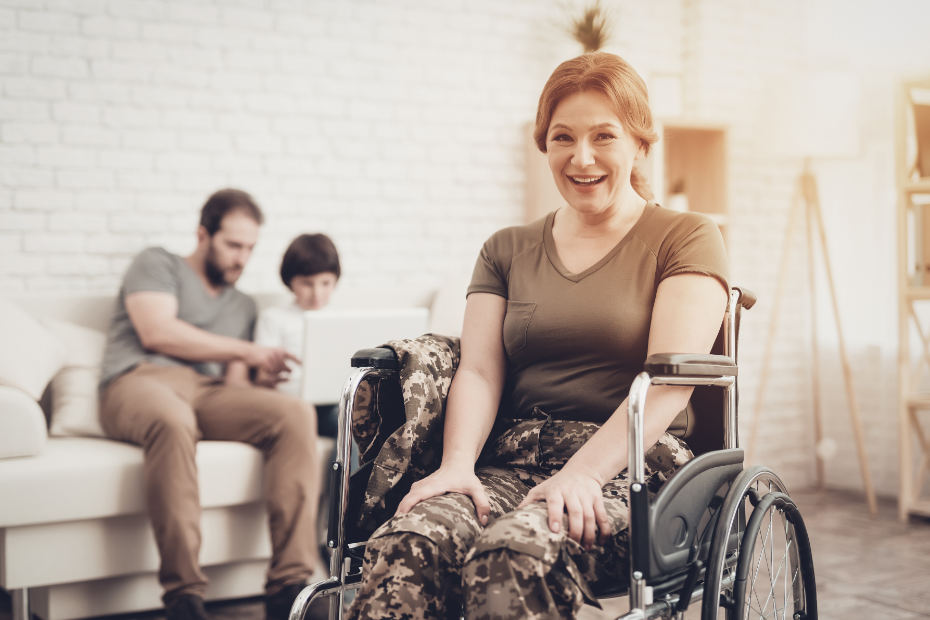

Como en casi todas las páginas de Internet, nuestra página de Internet utiliza cookies para ayudar a brindarle a usted la mejor experiencia posible. Las cookies son archivos pequeños de texto que se bajan a su computadora o aparato móvil cuando usted visita páginas de Internet. APRENDA MÁS >
Como en casi todas las páginas de Internet, nuestra página de Internet utiliza cookies para ayudar a brindarle a usted la mejor experiencia posible. Las cookies son archivos pequeños de texto que se bajan a su computadora o aparato móvil cuando usted visita páginas de Internet.
Las cookies nos ayudan a:
- Hacer que nuestra página de Internet funcione como debe.
- Darle un mensaje que nosotros pensamos que es más importante para usted.
Nosotros no utilizamos las cookies para:
- Obtener cualquier tipo de información que lo pueda identificar personalmente.
- Obtener cualquier información sensible.
- Compartir con terceros información que lo identifique a usted.
Usted puede conocer más sobre todas las cookies y la información que obtenemos leyendo nuestra Póliza de Privacidad. Si no quiere usar cookies, usted puede salirse de la página de Internet, o cambiar la configuración de su navegador (en inglés).





 Edgar Gil Rico, M.B.A., travels to communities all over the country spreading the word about All of Us. While some people see new towns from their car windows, Edgar prefers to go on foot. “I try to go for a run in every city I visit,” he says. Jogging through a community gives Edgar a close-up view. He can see for himself what it’s like to live in these places every day.
Edgar Gil Rico, M.B.A., travels to communities all over the country spreading the word about All of Us. While some people see new towns from their car windows, Edgar prefers to go on foot. “I try to go for a run in every city I visit,” he says. Jogging through a community gives Edgar a close-up view. He can see for himself what it’s like to live in these places every day. “We understand that culture and environment is something that really affects the Hispanic community,” Edgar says. “Our community is very family oriented. When we first arrive as immigrants, we tend to not live in the best neighborhoods and not have access to health care. We’ve seen the impact of having a family network, a good environment in which to live, access to fresh fruit and vegetables, and a place to walk. These things affect health.”
“We understand that culture and environment is something that really affects the Hispanic community,” Edgar says. “Our community is very family oriented. When we first arrive as immigrants, we tend to not live in the best neighborhoods and not have access to health care. We’ve seen the impact of having a family network, a good environment in which to live, access to fresh fruit and vegetables, and a place to walk. These things affect health.”